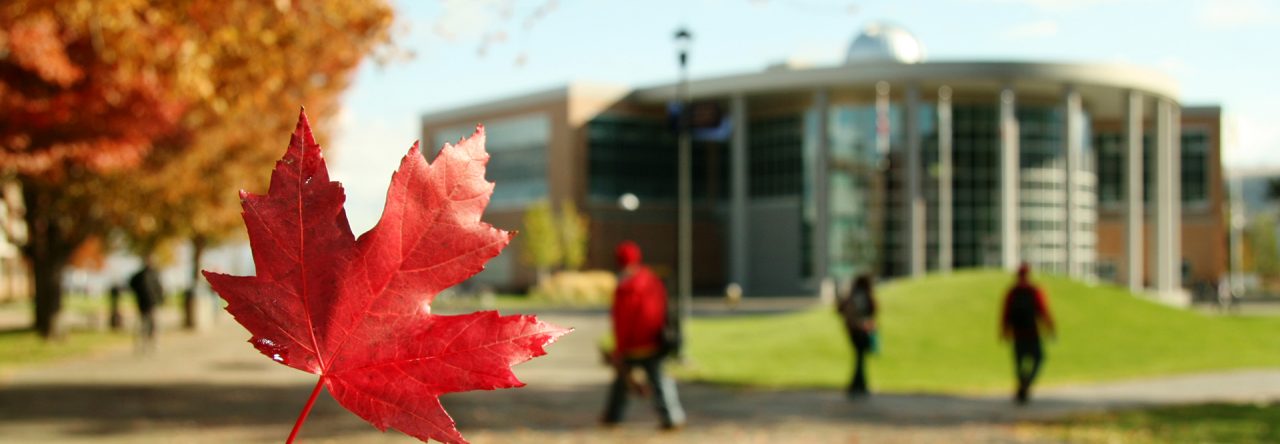By Naowarat (Ann) Cheeptham, Professor, Biological Sciences, and 3M National Teaching Fellow
For me, there is no one particular way to incorporate cave microbiological disciplinary research activities into my teaching. I have no rules when I tell stories. My passion is to share with students and to tell them stories about our research team–the progress of the research projects, the failed experiments, the accidents, my and my students’ struggles, and the fun and the excitement of discovery–both in the field and the laboratory, often come naturally and organically. I love using narrative pedagogy (Avraamidou & Osborne, 2009; Landrum, Brakke, & McCarthy, 2019) in my teaching to bridge the gap between real-world application and experience, and the specific content introduced in classes. Bringing in the human side of scientific teaching (Beardsley, 1992; Elmesky, 2021) and discovery is a critical part of my teaching philosophy. As I reflect on my past teaching, I have used storytelling in my classes for a long time dating to before I even knew the term “narrative pedagogy” in education and pedagogy terminology.
I strongly believe that stories, when linked intentionally and purposefully, can bring about humanity, humility, and intricate interconnections with all lives. Such relational teaching practice (Hickey & Riddle, 2023) can help our students make sense of what is taught in class: it has also been shown that the relation to emotional level enhances information retention (Kensinger, 2009; Landrum, Brakke, & McCarthy, 2019; Tyng, Amin, Saad, & Malik, 2017). Through stories from my personal and professional experience, I can connect with my students in a meaningful way. The students can also tie their reality and the world around them through their narratives. With the stories of my research experience, my urge to link and close the full circle–the students, the contents covered in classes, and the real-world experience–is untiring. Throughout my teaching career, anecdotally students often remember a story I told them more than the specific content of lectures. I believe that relevancy is critical for students to retain knowledge throughout their courses. That is one reason I have always tried to self-improve and am continually experimenting with what I can and cannot do in classes to help my students connect and stay curious.
In addition to stories about my research and when I go to the caves and collect cave samples with students I draw to get students’ attention before launching into related lecture topics, I also draw upon the failures and mistakes I have encountered during my career, and great stories about my students’ success through their discoveries/research activities. I do not shy away from making fun of myself and self-deprecating acts, and my experience learning applied microbiology in my master’s and doctoral programs in Japanese, my third tongue.
Taken together, I do not have a particular itinerary, the lecture topics often lead me to share stories that tie to such knowledge with students. Besides narrative pedagogy, driven purely by the desire to connect and make microbiological content relevant to my students’ daily lives, I often use TEDTalks and short videos from sources such as National Geographic to draw students’ attention to the lesson topic of the day. At times, I also use short letters to editors, commentary, and/or short communication types of peer-reviewed journal articles as reading assignments. For example, I have used the Tokyo Metro Subway map to start microbial metabolism in the BIOL 2160 Introductory Microbiology class. More to the point, besides grants and teaching scholarly findings, I have always kept a personal journal to keep quotes, thoughts, books of interest, ideas, and people’s names and what they do that I could include as stories to augment my classes.
One recent example of how I spearheaded, conceptualized, and co-designed to develop a course to meet with what is happening in the world was my International Field School in Thailand in the spring of 2023. The field school theme was on microorganisms, human impacts, and climate change. We centered the course on the “One Health” concept and the impacts of climate change within the certain context of microorganisms and climate change.
Formally, I also now augment courses I teach (BIOL 3800 Fermentation, BIOL 2160 Introduction to Microbiology, and BIOL 4130 Molecular Evolution) with mandatory course exit reflection essays on climate change and its consequences (positive, neutral, detrimental, unknown) related to the context and topics covered in the courses.
Curiosity is naturally intrinsic to all of us: we remember how good we all were at being curious when we were younger. When and how did we lose that natural ability to just be curious? Curiosity is the key fuel that drives scientific thinking and the discovery process. The scientific methods are composed of making observations, formulating questions, using hypotheses to predict the outcome and/or guide the experimental design, testing the research questions/conducting experiments, and analyzing and interpreting the data. I aim to bring back the natural curiosity that some of my students may have lost throughout the rigid and prescriptive educational system–one class at a time.
References:
Avraamidou, L., & Osborne, J. (2009). The role of narrative in communicating science. International Journal of Science Education, 31(12), 1683–1707. https://doi.org/10.1080/09500690802380695
Beardsley, T. (1992). Teaching real science. Scientific American, 267(4), 98–109. http://www.jstor.org/stable/24939259
Elmesky, R. (2021). Humanizing science education, wellness and a more just world. Cultural Studies of Science Education, 16, 857–866. https://doi.org/10.1007/s11422-021-10077-1
Hickey, A., & Riddle, S. (2023). The practice of relationality in classrooms: beyond relational pedagogy as empty signifier, Teachers and Teaching. https://doi.org/10.1080/13540602.2023.2202389
Kensinger, E. A. (2009). Remembering the details: Effects of emotion. Emotion Review, 1(2): 99-113. https://doi.org/10.1177/1754073908100432
Landrum, R. E., Brakke, K., & McCarthy, M. A. (2019). The pedagogical power of storytelling. Scholarship of Teaching and Learning in Psychology, 5(3), 247–253. https://doi.org/10.1037/stl0000152
Tyng, C. M., Amin, H. U., Saad, M. N. M., & Malik, A. S. (2017). The influences of emotion on learning and memory. Frontiers in Psychology, 8: 1454. https://doi.org/10.3389/fpsyg.2017.01454 .

